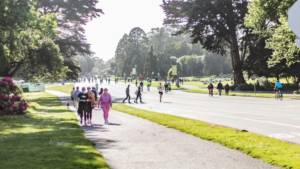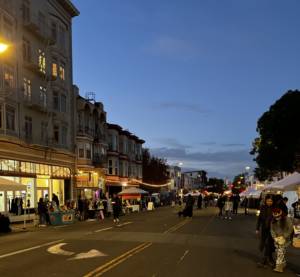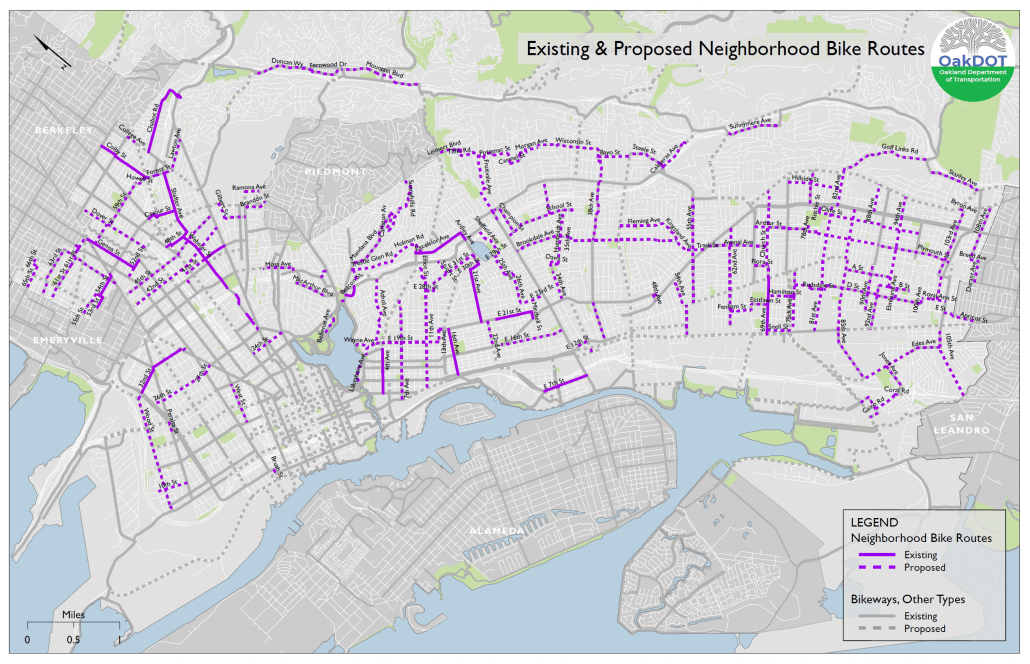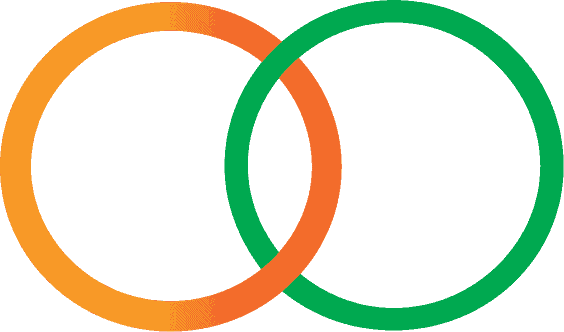San Francisco Voters Lead Surge in Car-Free California Streets
Photo courtesy of Kid Safe SF.
The Slow Streets movement, spawned during the lockdown phase of the pandemic, has largely faded as communities remove barriers and erase safe spaces. But the experience of streets centered on community and placemaking seems to have given a boost to the movement for car-free spaces. Bike activists, including CalBike and many local bicycle coalitions, have worked for years to create more space for people biking and walking in California, and combined with a growing awareness of the need for change, those efforts have borne fruit.
Cities across California have removed vehicular traffic to create safe spaces for people to walk and bike. One particularly notable example is JFK Drive in San Francisco’s Golden Gate Park, because of the deep-pocketed opposition to the project and the people-power that overcame that opposition at the ballot box, but there are many exciting new car-free spaces around the state.
Car-free spaces open across California
Business districts that would have once fought to keep car traffic now celebrate car-free space that attracts shoppers and diners. Over the past year, we’ve seen some exciting new open streets in California cities, including:
- Gaslamp Promenade, San Diego. A section of Fifth Avenue in San Diego’s historic Gaslamp district has been converted to pedestrianized plazas for much of the day, while allowing vehicular traffic for deliveries for a window of time in the morning.
- State Street Promenade, Santa Barbara. Ten blocks in the heart of Santa Barbara’s retail and dining district are now safe space for people biking and walking, with plenty of room for outdoor dining and markets.
- San Francisco Shared Spaces. San Francisco has created a program for regular, permitted, open streets in neighborhoods across the city. The spaces are sponsored by local businesses, merchant associations, or community organizations and include weekend outdoor dining and shopping experiences, space for farmer’s markets, plazas for outdoor socializing, and more.
- Griffith Park, Los Angeles. The park that’s home to LA’s Hollywood sign is also a popular spot for recreational rides in a city that isn’t always bike-friendly. After years of conflicts between people on bikes and people in cars, and a deadly collision earlier this year, the city closed a section of roadway to cars, with a promise to study more road closures in the future.
This isn’t a comprehensive list; we probably missed some fabulous car-free spaces around California. Please let us know if we left your local reclaimed street off the list.
San Francisco voters choose car-free JFK Promenade
JFK Drive is a main thoroughfare through San Francisco’s Golden Gate Park. Though the park is designed as a place for recreation and respite from city life, motorists often used the park’s roads as a cut-through to get to the ocean or travel between neighborhoods, creating dangerous conditions for people on bikes.

Over the years, San Francisco has slowly expanded car-free space on JFK Drive, first to every Saturday, then to Sundays as well. Each expansion of the beloved space for people to bike, walk, skate, and dance was met with loud protests, and the San Francisco Bicycle Coalition fought hard to make it happen.
Then came 2020, and San Francisco temporarily made a large section of the street car-free 24/7, giving residents safe outdoor space for exercise and recreation. As the pandemic waned (will it ever really end?), advocates came together to campaign for a permanent closure and, in April 2022, the San Francisco City Council voted to make the JFK Promenade permanent.
That seemed like the end of the story, until a wealthy board member of the de Young Museum, which sits off of, and can be accessed by, JFK Drive, put Measure I on the ballot to restore car traffic on weekdays. Proposition I also included allowing cars on the Great Highway (a coastal road that had become the Great Walkway during the pandemic, with plans to study weekend open streets) as a bonus, though almost all the backing for the measure came from people and organizations with interests in Golden Gate Park.
Car-free advocates countered with Measure J, to keep the roadway open to people. “Throughout the campaign, hundreds of volunteers spent thousands of hours talking to voters across San Francisco about the value of safe, protected open space, and more than a dozen local advocacy organizations came together to support the car-free JFK Promenade,” Robin Pam from Kid Safe SF told CalBike. “The force of passionate volunteers and partner organizations powered the campaign from start to finish, and ultimately made the difference on election day.”
On November 8, that hard work paid off with a resounding victory for open space. Prop I lost by 25 points, with almost 63% of San Franciscans voting no, and Prop J passed by 22 points, with 61% in favor.
“By passing Prop J and rejecting Prop I, San Francisco voters showed their strong preference for public spaces that prioritize safe access and recreation for kids, seniors, people with disabilities, and all San Franciscans,” Pam said. “We’re proud of this community and the growing movement for safe open space, safe streets, and active transportation in San Francisco and beyond.”
The future of open streets?
There’s no doubt that the pandemic accelerated the movement to reclaim civic space for people, increasing safety, giving people places to connect, and improving the quality of life for residents. And the imperative to find new ways to get around that don’t contribute to climate change adds urgency to the changes we need to see in our communities.

But the seeds of this change were planted years ago with events like Bogotá’s Ciclovia and San Francisco’s Critical Mass.
It’s easy to fall into the mindset that businesses and residents need easy car access to have vibrant neighborhoods, but it’s also easy to change that mindset. For example, when San Francisco held its first Sunday Streets open streets event along the Embarcadero, the ride stopped short of Fisherman’s Wharf, a popular tourist destination. The merchants in the neighborhood were adamant that they didn’t want the street closure by their shops.
However, after they saw how many people came out for Sunday Streets, Fisherman’s Wharf merchants jumped at the chance to be included in the event the following year. The streets were so packed with people during that first Sunday Streets at the wharf that there was barely room to move.
By the same token, San Francisco’s Valencia Street was hopping on a recent Saturday night, with outdoor dining, live music, artist booths, and storefronts bustling with restaurants, bars, taquerias, and shops. A child rode her scooter down the middle of the street in the dark, and one local resident said she felt like she’d stepped onto a street in Europe.
The more people and merchants get to experience open streets, the more we appreciate the power of car-free space to build community and drive economic vitality. CalBike hopes to see more of these spaces created around our state in the months and years ahead.



